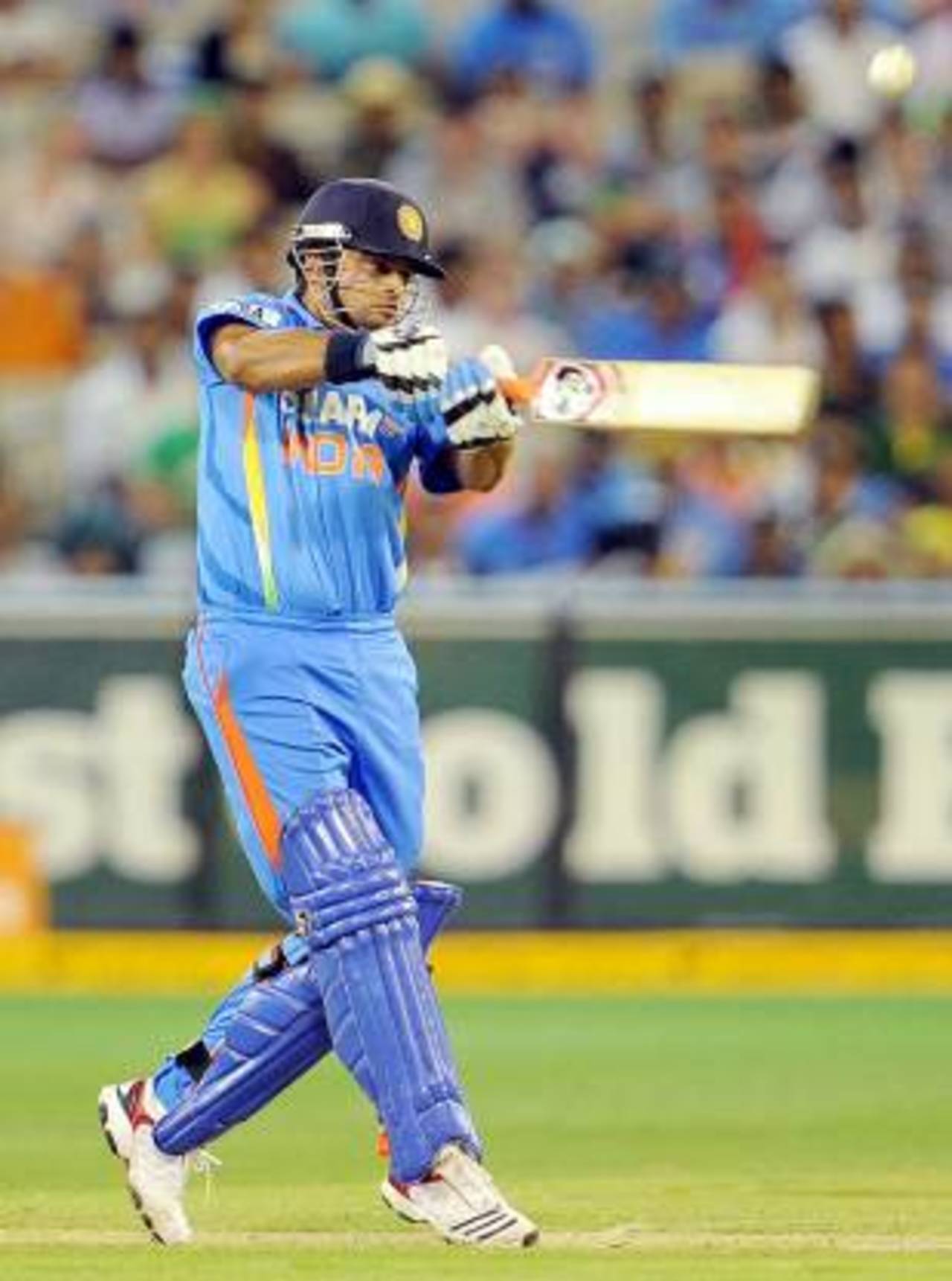I'm no mathematician. Messrs Duckworth & Lewis clearly have brains vastly superior to mine. Until yesterday, I have largely agreed with their complex system of making a rain-affected target a fair outcome for both teams. Looking at it from a pure layman's perspective though, I cannot understand how India's target the other night at the
MCG remained unchanged. Someone, educate me....please.
When the rain came, Australia were struggling at 2 for 35 off 11 overs. India had already benefited from their skill at this point of the game, taking two key wickets at roughly 3 runs-per-over. Australia then batted superbly to score at almost 9 an over, losing only three more wickets in the process. I would have thought (clearly mistakenly) that the brilliance of their post-rain innings would have resulted in a target that was more than the 216 they eventually posted. India had already taken two wickets, so by getting rid of David Warner and Ricky Ponting, they had effectively reduced Australia's firepower. Sadly for them, and great credit to Matthew Wade and the Hussey brothers, Australia were able to recover from this poor start and stage an impressive comeback. Where was the reward for that great recovery?
From a commonsense viewpoint, it seemed to me that India would need to have chased at least 10-15 runs more to compensate for the fact that they knew all along that it was only 32 overs. They could afford to play shots from the very outset because they didn't have to try to bat 50 overs, which is what Warner and Ponting thought they were doing at the start, hence the cautious approach (and some fine bowling from the Kumar duo).
In the end it didn't matter because India were realistically never in the hunt after they lost early wickets. It was the sort of chase that needed a Virender Sehwag or Yuvraj Singh presence. MS Dhoni may have been able to score at that pace but on a big Australian ground, it was always going to be tough to hit sixes at will. I was surprised at Dhoni's reticence to go for the big shot, I must confess. I know he favours the approach of getting within striking distance and then trying to win it in a mad dash but I don't think that works in Australia. The boundaries are too big and you generally won't get too many overs of spin bowled at you at the death. Pakistan batsmen love this approach and they're pretty good at it too but I think Dhoni is making a serious miscalculation by letting the run rate drift too high before launching his assault. He doesn't have the lower-order support to be able to do that over an extended target.
Perth might be one of the few grounds where you can hit sixes straight down the ground and score at 10 an over at the end of a game. Homebush in Sydney, where the first Twenty20 game was played last Wednesday has similar potential for a late flourish. But if India keep choosing to chase runs and adopt a strategy of waiting for the last five overs before they go ballistic, I don't think that strategy will work in this country. Even if Duckworth-Lewis doesn't hurt them in the way I expected it to on Sunday night.
Looking forward to your thoughts on whether Duckworth-Lewis got it right on this occasion.
